"Outstanding in the world, he became famous in the early Tang Dynasty. He was passed down by rulers and tablets, and people regarded him as the law." - "Sustained Book"
Today our protagonist is Ouyang Xun. I believe everyone is familiar with Ouyang Xun. When they started learning calligraphy, a large number of students started learning Ou Ti.
Many calligraphers have the experience of learning European style. Facts have proved that learning European style is indeed a feasible way. So today we will introduce what are the characteristics of Ouyang Xun font?
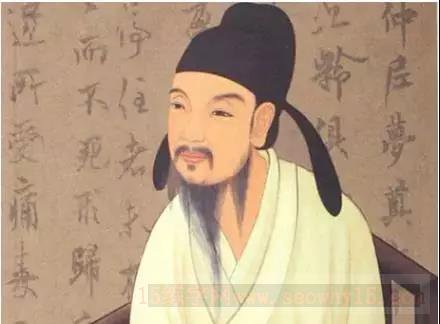
Ouyang Xun (557-641), courtesy name Xinben, was a calligrapher of the Tang Dynasty. One of the four masters of regular script (Ouyang Xun, Yan Zhenqing, Liu Gongquan, and Zhao Mengfu), together with the other three of the same generation (Yu Shinan, Chu Suiliang, and Xue Ji), they are also known as the four masters of early Tang Dynasty. Because his son Ouyang Tong was also good at calligraphy, he also called Ouyang Xun "Da Ou".
His regular script font became the object of imitation for later calligraphy students. His representative works include "Inscription on Liquan of Jiucheng Palace", "Stele on Huangfu's Birthday", "Stele on Huadu Temple", and "Thousand-Character Essay in Running Script". Ouyang Xun was excellent in all aspects of calligraphy, and he excelled in regular calligraphy.
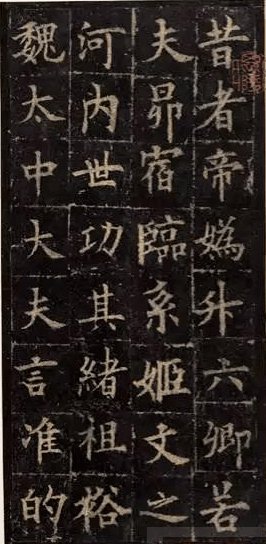
Wen Yanbo Monument
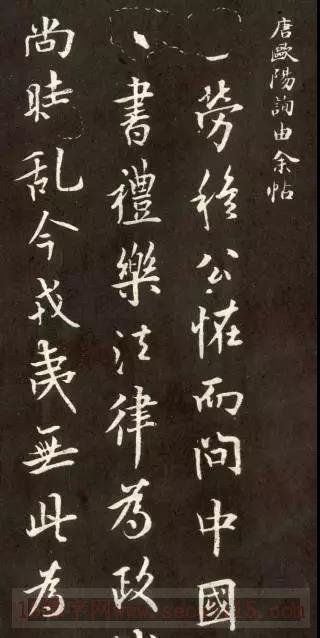
By Yu Tie
"Shuguan", a calligraphy appraisal work of the Tang Dynasty, said: "The eight styles of inquiry are as strong as possible, and the writing power is strong and dangerous. The seal style is especially exquisite, with flying white crowns, superior to the ancients, disturbing the image of a dragon and snake fighting, the force of a light cage in the clouds, and several whirling thunders Excited, perform like a god.
The so-called eight styles refer to the large and small seal scripts, official script (eight points), Zhen (official), Xing, Cao, Feibai and Zhangcao calligraphy styles. Among them, Feibai, Kai, Xing, and Cao are listed as Miaopin, large and small seal scripts, and Zhangcao are merged into Nengpin. It's a pity that Ouyang Xun's Fei Bai Zhangcao can no longer be seen, and only Xiaozhuan can be seen once or twice. Nowadays, most of the ones handed down from ancient times are Zhen and Xing, both of which are dignified in style, steady in structure, and handsome in appearance.
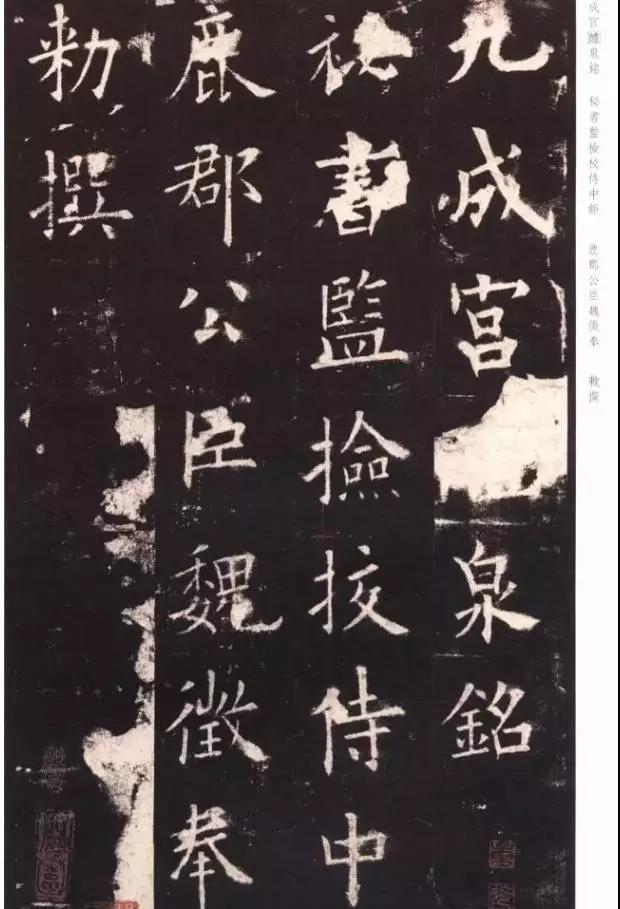
Ouyang Xun's regular calligraphy is rigorous in writing, sharp in writing, and strict in rules. It retains the square and sharp style of Sui Dynasty stele among other works in the early Tang Dynasty. It is dangerous in its simplicity, and full of mellowness in its harshness. It is unparalleled in the world. It is called the first regular script of the Tang Dynasty. one. Both he and Yu Shinan were famous for their calligraphy in the early Tang Dynasty, and they were both called "European Yu". Later generations saw that their calligraphy was extremely dangerous in the ordinary, and was the easiest for beginners to learn, so they called it "European style".
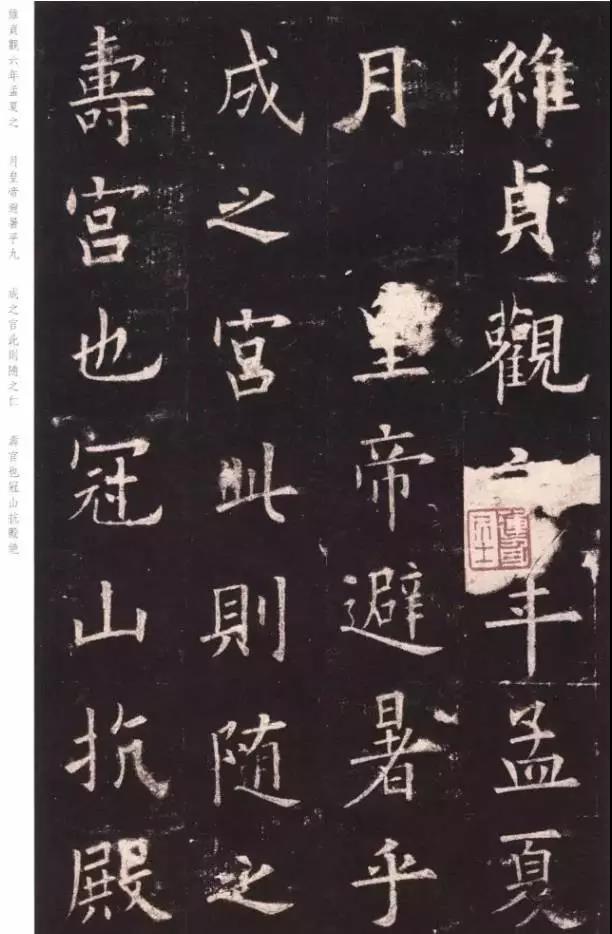
The "Xuanhe Shupu" of the Song Dynasty praised its regular script as "the crown of calligraphy and calligraphy".
Li Yuan, Emperor Gaozu of the Tang Dynasty, said: "I didn't expect that Ouyang Xun's reputation was so great that even the distant Yi Di knew about it. When they saw Ouyang Xun's handwriting, they must have thought that he was a tall and tall man."
Yu Shinan said that he "can do whatever he wants regardless of paper or pen."
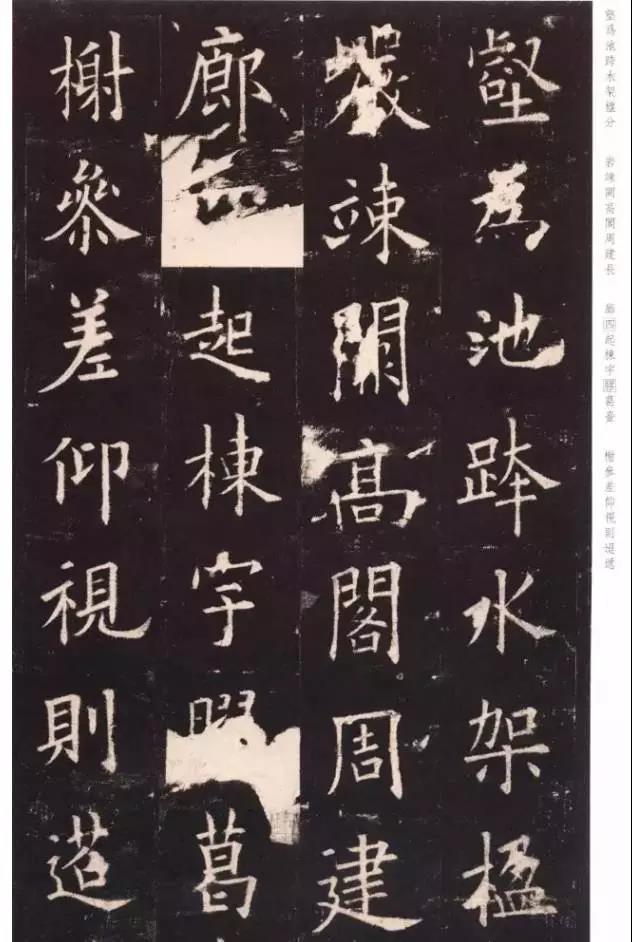
In the Tang Dynasty, apart from Yan Zhenqing, Ouyang Xun was the one who left the most works to posterity.
When Ouyang Xun first learned calligraphy, he first imitated Wang Xizhi, and then found his own way. In particular, his regular script is strong and strong, and his rules are strict. He is regarded as a model by later generations of calligraphers. His structure is square and vigorous, and he has an extremely strict demeanor. It can be said that strange dangers are found in the ordinary, and elegance is found in the rules. If we say that Yu Shinan represents the gentle, graceful, charming and beautiful style of writing in the south. Then Ouyang Xun inherited more of the vigorous, simple, and strict style of the Northern Dynasties.
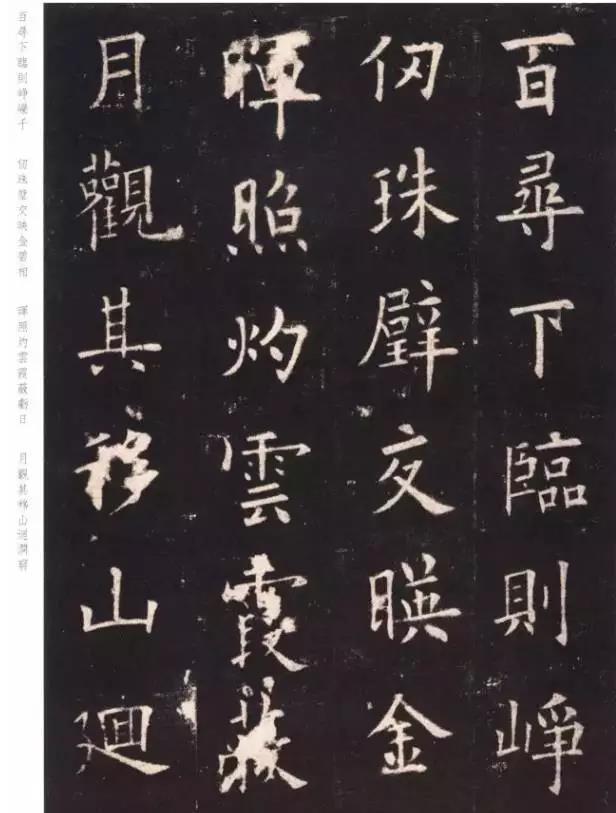
At the same time, Ouyang Xun is a calligraphy theorist. In his long-term calligraphy practice, he summed up eight methods for practicing calligraphy. "Fa" etc. are summaries of his own experience in learning calligraphy, which more specifically summarize calligraphy techniques and aesthetic requirements such as calligraphy pens, structure, composition and other calligraphy techniques and aesthetic requirements. Among them, "Thirty-Six Fa" is a summary of the structural rules of regular script. A precious legacy of Chinese calligraphy theory.
His existence also marks that regular script has achieved a truly supreme status in the history of calligraphy.
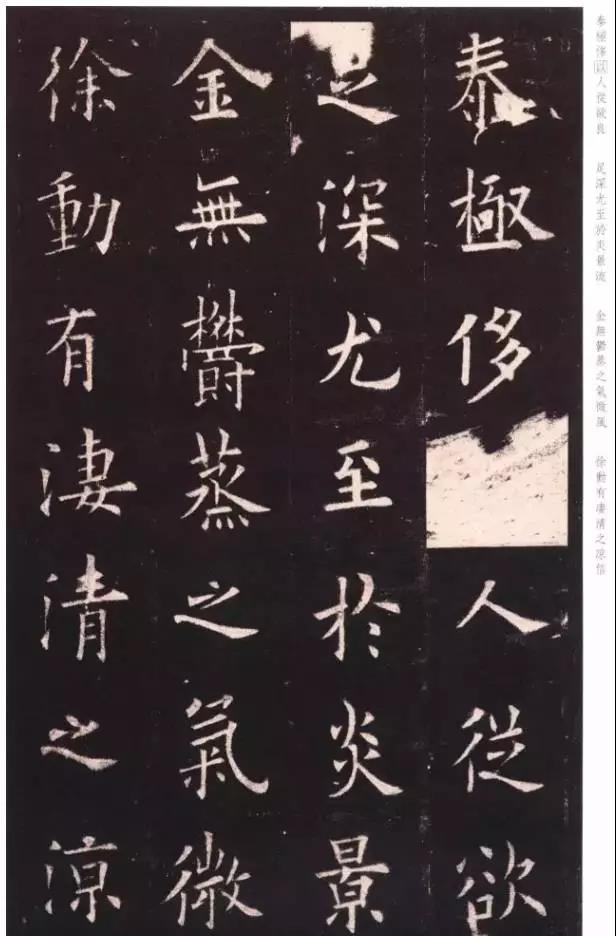
"Jiucheng Palace Liquan Inscription" This stele was written by Wei Zheng and is now in the Linyou County Museum. It is a work by Ouyang Xun when he was 76 years old.
The calligraphy of the stele has both the charm of the Jin people and the new style of the Tang Dynasty. The brushwork is strict, fine and dense, strong and rigorous, the strokes are arranged compactly and well-proportioned, and the intervals are wide and steady. It has become a model for learning calligraphy. In "Graphite Engraving Hua", this stele is called the first regular script, and it is the pinnacle of regular script in more than a thousand years.
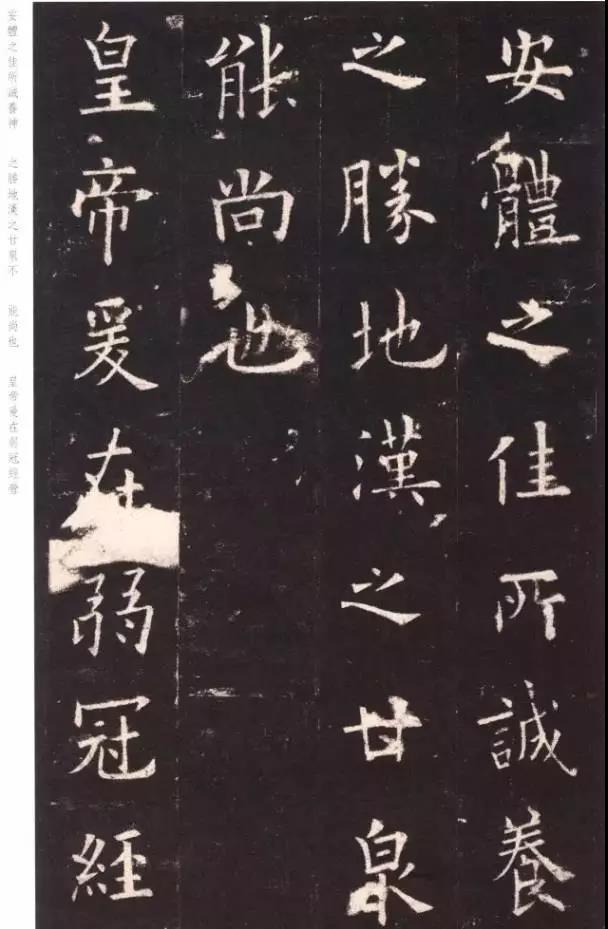
Jiucheng Palace has strict laws and regulations, and can be appreciated by both refined and popular people. It fully embodies the hard, thin and strong strokes of Ouyang Xun's calligraphy, as well as the rigorous and dignified structure. Starting from this monument, we can trace the Wei, Jin and Southern Dynasties, and also get a glimpse of the Tang and Song dynasties. It has always been recognized as the correct way to learn calligraphy and a model for beginners.
The most remarkable feature of the calligraphy of this stele is that it combines the north and south, integrating the elegance and beauty of the Southern Dynasties with the power and majesty of the northern stele. The strokes are square and round, with a precise structure, covering the upper part and the lower part, bowing to the left and giving way to the right. The parts are dangerous but the whole is dignified. There is no disorder or slack in any stroke. It is known as the ultimate rule of regular script. In other words, the starting point and end point of regular script research is a model for calligraphers of all ages.
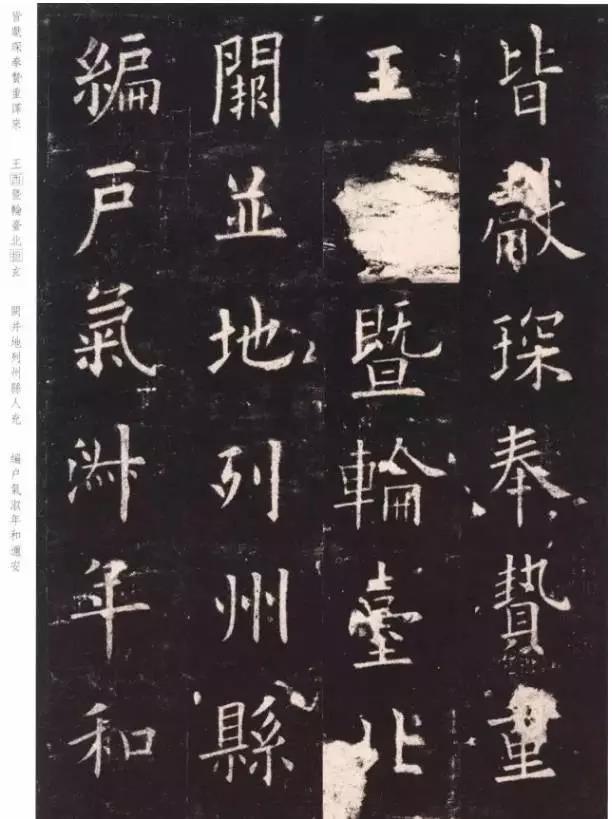
Many people think that he took most of the methods from Wang Xi. In fact, he absorbed a lot of good points from Beibei and swept away the malaise of Qiliang. Therefore, he formed a strong and rich, ordinary and strange, strong and strong character. A unique style that is not ruthless, healthy but not rough.

However, no one is perfect, no one can avoid these, and we cannot blindly worship him and ignore his limitations. Jiucheng Palace also has some shortcomings. It is too regular and tight and lacks frugality, or it is too sharp and lacks elegance. These are also things that we need to pay attention to during practice.








